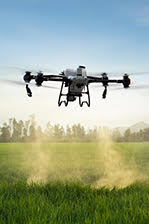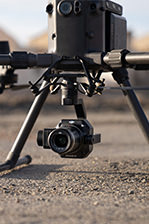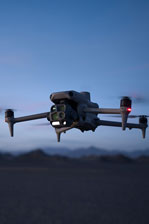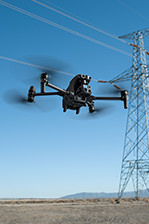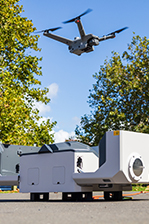Case Study: Using Drones for Gas Monitoring and Detection
As one of the world’s most potent greenhouse gases, methane has a major impact on global warming and our ongoing environmental crisis. Managing these emissions continues to be a challenge, especially from landfills. While there has been a positive shift in this area, traditional methods of monitoring and controlling landfill methane emissions are time-consuming, costly, and carry significant safety risks.
The time for drone gas monitoring is now. Delivering large improvements in speed, safety, precision, and cost, airborne gas detection solutions hold the key to effectively monitoring and managing methane emissions. Read our article now to learn more, and see how drones and gas detection payloads are transforming New Zealand’s environmental monitoring efforts.
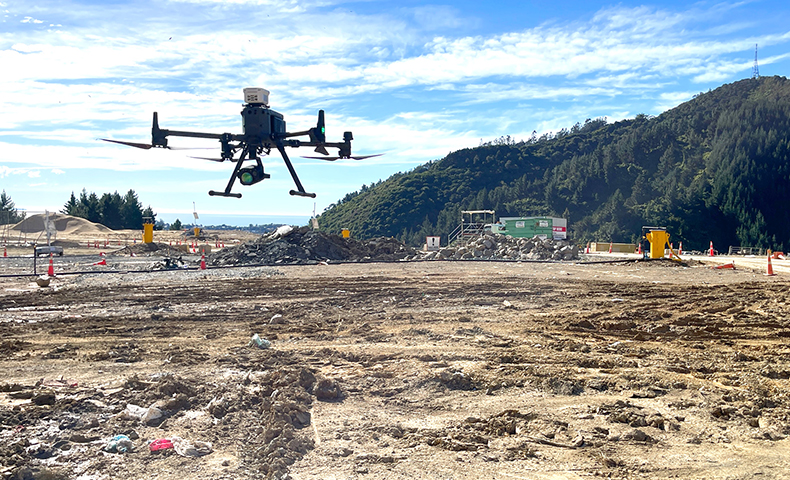
The impact of methane emissions
According to environment.govt.nz, 93.3% of waste emissions in 2022 were biogenic methane – largely generated by decomposition of organic waste (i.e. food, garden, wood, and paper waste). While waste contributes a small percentage of New Zealand’s total emissions, biogenic methane has a warming effect 28 times greater than carbon dioxide. Beyond the direct environmental impact, these emissions also pose ongoing risks to human health. Furthermore, current measures will not be enough to meet the Climate Change Commission’s target of a 40% reduction in waste biogenic methane emissions by 2035. The need for smarter solutions is evident.
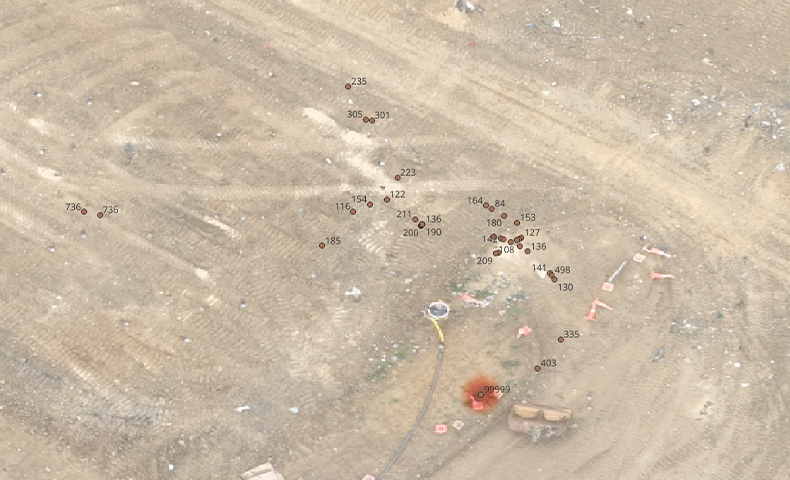
Traditional methane detection methods
Traditionally, methane detection at landfills involves stationary systems and people on the ground walking with handheld sensors. Unfortunately, this approach is costly, timely, labour intensive, and comes with health and safety risks such as difficult terrain and gas exposure. In addition, these methods often rely on approximations and estimations due to the unpredictable landscape of sites, so the accuracy of gas detection falls short of what is required. Monitoring accuracy is a major concern for global waste management, and is underscored by the following statistics from this Science Direct paper:
It is estimated that only 12 % of the CH4 produced by anaerobic degradation of waste in worldwide landfills is captured by the capture system each year (Themelis and Ulloa, 2007). In some cases, underestimation of methane emissions exceeds 200% (Wang et al., 2024).
The limitations of traditional methane leak detection methods highlight the urgent need for solutions that provide greater gas monitoring efficiency, flexibility, and accuracy.
Drones for methane detection
Drones represent a game-changing solution to the world’s environmental challenge – a cost-effective, efficient, accurate tool that reduces costs and safety risks. In addition, drones fitted with precision gas monitoring payloads can detect the exact locations and volumes of methane emissions, enabling landfill operators to target problem areas and take immediate action.
At Ferntech, we offer the following drones and payloads that can be packaged for a comprehensive aerial methane detection system.
DJI Matrice 350 RTK Drone
One of DJI’s flagship drones, the DJI Matrice 350 RTK is a versatile, powerful drone that can be used across a wide range of applications including surveying and mapping, liDAR and thermal inspections, and gas monitoring. With a transmission distance of up to 20 km, a maximum horizontal speed of 23 m/s, and a maximum flight time of 55 minutes, the M350 RTK allows for precise monitoring of large areas in a much shorter time than traditional methods.
DJI Dock 2 Drone-in-a-Box
The DJI Dock 2 represents the future of UAV operations – a drone in the box solution that facilitates automated and scheduled missions for easy, safe drone operation. Using the DJI FlightHub 2 as the control platform allows you to remotely conduct onsite inspections and surveys, drastically reducing costs and safety risks while improving operational efficiency.
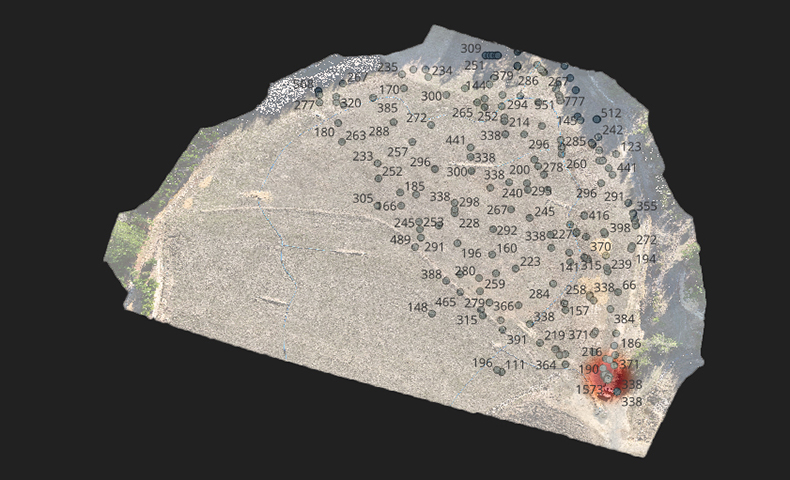
BLV-CH4 UAV-Based Laser Methane Detector
Compatible with the DJI Matrice 350 RTK and DJI Dock 2, BLV-CH4 is a UAV-based laser methane detector that shoots lasers and uses the reflectivity of methane particles for its readings. It has a response time of 5m/s, detection range from 0 to 99999 ppm.m (parts per million per metre), and is capable of recording measurements from 300m. This methane detection unit creates a csv file with details of every point recorded, giving you a ppm reading with latitude and longitude references. Using QGIS, a free software available on Mac and PC, we can import the csv file to create a heatmap which displays the accurate location of readings. For additional precision, you can use Google Maps as a background or import an orthomosaic to show where the methane is being detected.
A recent firmware update to the BLV-CH4 has added a circling detection functionality, which allows the sensor to detect with 360 degrees during a flight mission. This allows for greater detection coverage and precision, especially for pipelines.
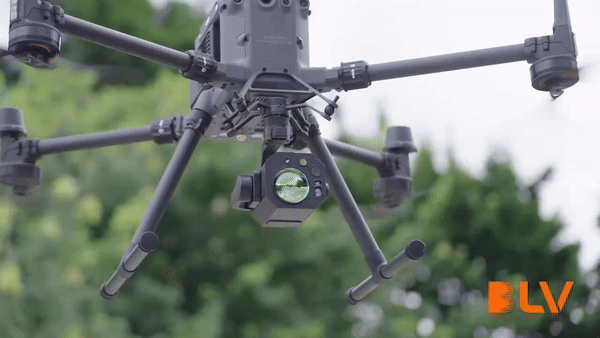
Sniffer 4D V2 Multi-Gas Detector
The Sniffer 4D V2 essentially breathes gas particles into the unit as it moves, and is able to measure up to 9 gases (including Methane and Carbon Dioxide) at a time and visualise real-time 2D or 3D concentration distributions. While it is a flexible and powerful gas detection solution, it has a lower accuracy than the BLV-CH4 as it must fly through the gas plumes to collect readings while the laser detector can scan larger areas from a higher height.
Drone deployment in landfill management marks a significant leap forward for environmental monitoring. Enabling more precise methane leak detection and emission reduction strategies, drones are a vital tool for continued reduction of greenhouse gases. As New Zealand’s drone specialists, our team has extensive experience using this technology and is committed to supporting local businesses and organisations looking to get the most out of this incredible technology.
Please get in touch via the form below for more information, a quote, or to book an onsite demonstration of any of the above aerial gas detection solutions.
SPEAK WITH A SPECIALIST
Contact our team today to discuss the right solution for you.








